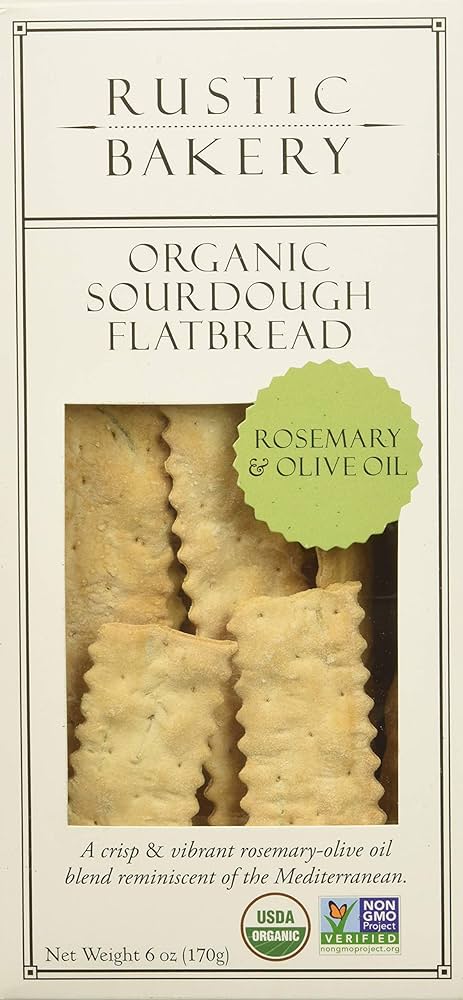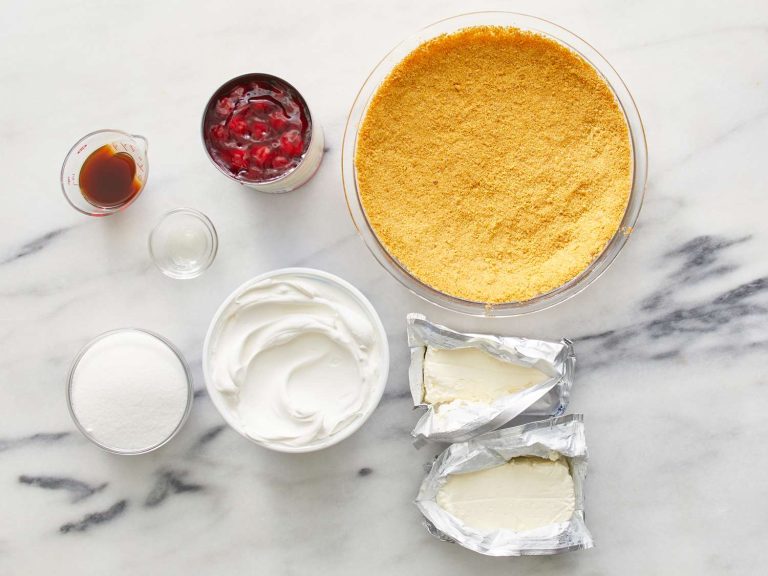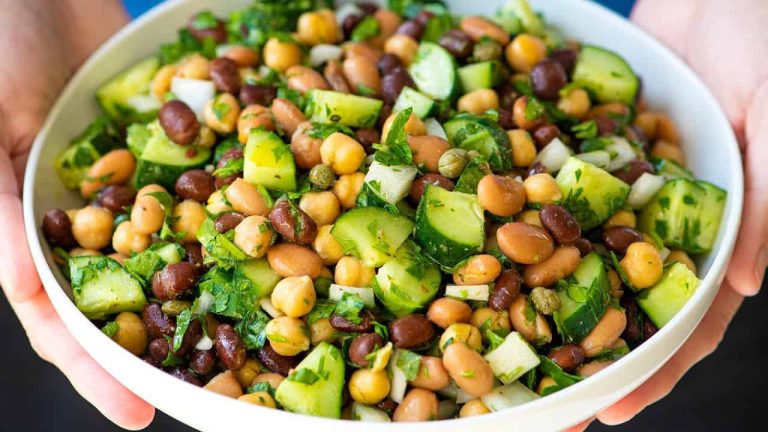Sourdough Rosemary Crackers: Recipe, Tips, and Perfect Pairings
Sourdough’s appeal lies in its unique fermentation process. This method enhances the flavor, texture, and nutritional profile of the bread. The lactic acid bacteria and wild yeast present contribute to the tangy taste and airy texture of sourdough products. These bacteria also help break down gluten, making the crackers easier to digest.
Why Rosemary?
Rosemary’s importance in sourdough crackers is twofold. First, it offers a distinctive aroma and flavor that complements the tanginess of the sourdough. Second, rosemary contains antioxidants and anti-inflammatory compounds. These benefits can contribute to the overall healthiness of the snack, making it a smart choice.
Ingredients That Make a Difference
Flour Choices
Flour significantly impacts the texture and flavor of your sourdough rosemary crackers. Opt for high-quality, unbleached flour to enhance the natural flavors. Whole wheat flour increases fiber content and imparts a nuttier taste. For a lighter texture, incorporate all-purpose flour. Mixing different flours can create a balanced texture and taste.
The Role of Salt and Water
Salt enhances the flavor of your crackers and controls fermentation. Use sea salt for its mineral content and subtle taste. Water consistency affects dough hydration and texture. Opt for filtered water to avoid impurities. Adjust the water amount based on the humidity and type of flour.
By selecting the right flour and balancing salt and water, you’ll create the perfect sourdough rosemary crackers that combine exceptional taste with a delightful crunch.
Baking Techniques Explained
The Importance of Temperature
Maintaining the right temperature ensures the dough ferments and bakes correctly. Ideal fermentation temperature ranges from 75°F to 82°F. This range allows the lactic acid bacteria and wild yeast to thrive, enhancing flavors and developing the dough’s structure. If temperatures fall below 70°F, fermentation slows, leading to dense crackers. Conversely, temperatures above 85°F accelerate fermentation, risking overproofing and a sour taste.
Timing and Texture
Monitoring timing is crucial for optimal texture and taste. Allow the dough to rest for 30 minutes to 1 hour before rolling it out. This resting period relaxes the gluten, making the dough easier to handle. Roll the dough thinly, around 1/8 inch, for crisp crackers. Baking times need precision, with 20-25 minutes at 375°F yielding the best results. Ensure the edges are golden brown and the centers are firm. Overbaking can result in a bitter taste, while underbaking leaves the crackers chewy.
Pairing Sourdough Rosemary Crackers
Ideal Dips and Spreads
Sourdough rosemary crackers offer an excellent base for various dips and spreads. Hummus complements their tangy flavor and herbaceous notes, offering a creamy texture made from blended chickpeas, tahini, lemon juice, and garlic. Baba ghanoush, made from roasted eggplant, garlic, lemon juice, and tahini, provides a smoky alternative with a similar creamy consistency. For a lighter option, try tzatziki, combining Greek yogurt, cucumber, garlic, and dill, balancing the crackers’ bold flavors with refreshing, acidic tones. Pesto, comprising basil, Parmesan cheese, pine nuts, and olive oil, enhances the herbal essence and adds a rich, nutty taste. Another excellent choice is tapenade, made from finely chopped olives, capers, and anchovies, delivering a briny, umami flavor that matches well with the sourdough’s tang.
Cheese Pairings
Cheeses enhance the flavor profile of sourdough rosemary crackers and add creaminess. Soft cheeses like Brie and Camembert contrast the crunchiness of the crackers with their creamy texture and mild, buttery flavor. Goat cheese, known for its tangy, earthy taste, complements the sourdough’s slight acidity. For firmer options, consider aged Cheddar or Gouda, known for their robust flavors; they offer a sharpness and depth that pair nicely with the crackers’ rosemary aroma. Blue cheese, with its distinctive bold flavor and veined texture, adds a complex intensity to the pairing. A semi-hard choice like Manchego, offering a nutty, slightly sweet flavor, also works well.
Conclusion
Crafting sourdough rosemary crackers at home not only allows you to enjoy a delicious and nutritious snack but also lets you experiment with various flavors and textures. The unique combination of sourdough’s tangy taste and rosemary’s aromatic touch creates a cracker that’s perfect for any occasion.
Pairing these crackers with an array of dips, spreads, and cheeses can elevate your snacking experience to new heights. Whether you’re hosting a gathering or simply indulging in a quiet evening at home, these crackers are sure to impress.
Give this recipe a try and discover the delightful world of homemade sourdough rosemary crackers. Your taste buds will thank you!






